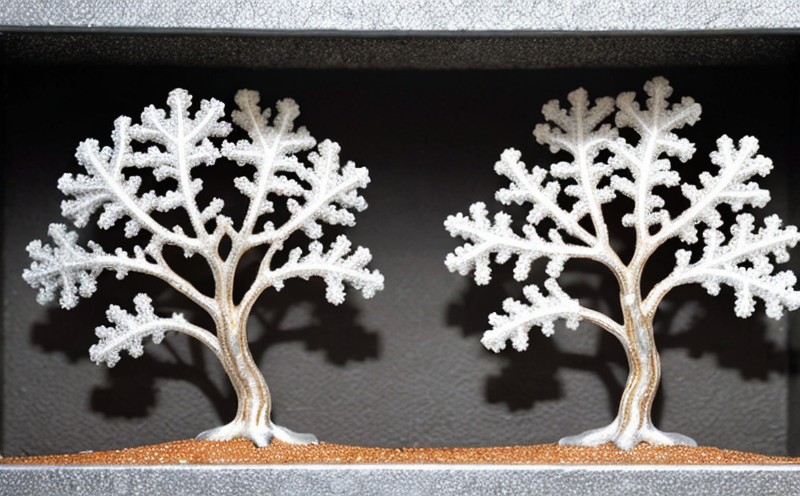Study of dendritic structures in cast metals
Unlocking the Secrets of Cast Metals The Importance of Studying Dendritic Structures with Eurolab
As industries continue to push the boundaries of innovation and efficiency, the importance of understanding the intricacies of materials science cannot be overstated. One critical aspect of this field is the study of dendritic structures in cast metals, a service provided by expert laboratory specialists at Eurolab. This cutting-edge analysis offers unparalleled insights into the behavior of alloys, enabling manufacturers to optimize production processes and improve product quality.
What are Dendritic Structures in Cast Metals?
Dendritic structures refer to the branching patterns that form during solidification, as molten metal cools and crystallizes. These intricate networks can significantly influence the materials mechanical properties, thermal conductivity, and overall performance. Understanding these structures is vital for various industries, including aerospace, automotive, and energy sectors.
Why Study Dendritic Structures in Cast Metals?
The study of dendritic structures in cast metals holds immense significance for businesses seeking to
Improve Product Reliability By analyzing the intricate patterns within cast metals, manufacturers can identify potential weaknesses and design strategies to mitigate them.
Enhance Performance Understanding the behavior of alloys enables companies to develop materials with tailored properties, optimized for specific applications.
Reduce Costs Streamlined production processes and improved material efficiency contribute significantly to cost savings.
Meet Industry Standards Compliance with regulatory requirements and industry standards is ensured through thorough analysis of cast metal structures.
Key Benefits of Studying Dendritic Structures in Cast Metals
Our laboratory services at Eurolab offer a comprehensive range of benefits, including
Unparalleled Accuracy State-of-the-art equipment and expertise ensure precise measurements and detailed analysis.
Comprehensive Reporting In-depth reports provide actionable insights for manufacturers to refine their processes.
Scalability Our services cater to both small-scale production runs and large industrial operations.
Customized Solutions Expert analysts work closely with clients to develop tailored studies addressing specific needs.
How Does the Analysis Process Work?
Eurolabs expert team follows a meticulous process, ensuring accuracy and reliability in every study
Sample Preparation Careful selection and preparation of cast metal samples for analysis.
Scanning Electron Microscopy (SEM) High-resolution imaging provides detailed information about dendritic structures.
Image Analysis Software Sophisticated algorithms enable precise measurement and characterization of branching patterns.
Comprehensive Reporting Detailed reports highlighting key findings, recommendations, and insights for further improvement.
QA Your Questions Answered
Q What types of cast metals can be analyzed?
A Eurolabs expert analysts work with a wide range of materials, including aluminum, copper, steel, and titanium alloys.
Q How long does the analysis process typically take?
A The duration of the study depends on sample complexity, but most analyses are completed within 2-4 weeks.
Q Can I request customized studies or modifications to standard protocols?
A Yes! Our expert analysts will work closely with clients to develop tailored studies addressing specific needs and requirements.
Q What kind of equipment is used for analysis?
A Eurolab employs state-of-the-art scanning electron microscopes (SEM) and image analysis software, ensuring the highest level of accuracy and precision.
Conclusion
The study of dendritic structures in cast metals offers a wealth of benefits for industries seeking to optimize production processes and improve product quality. By partnering with Eurolabs expert laboratory specialists, businesses can unlock the secrets of their materials, driving innovation and efficiency forward.




